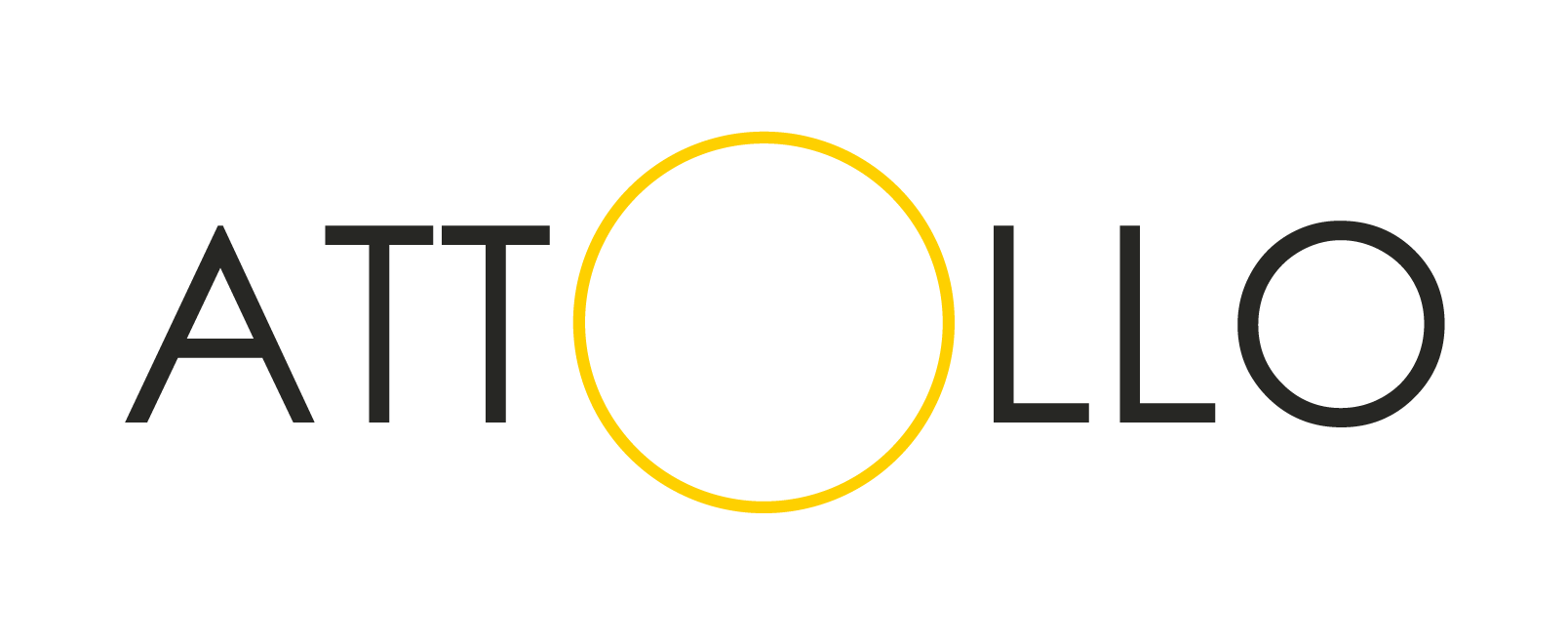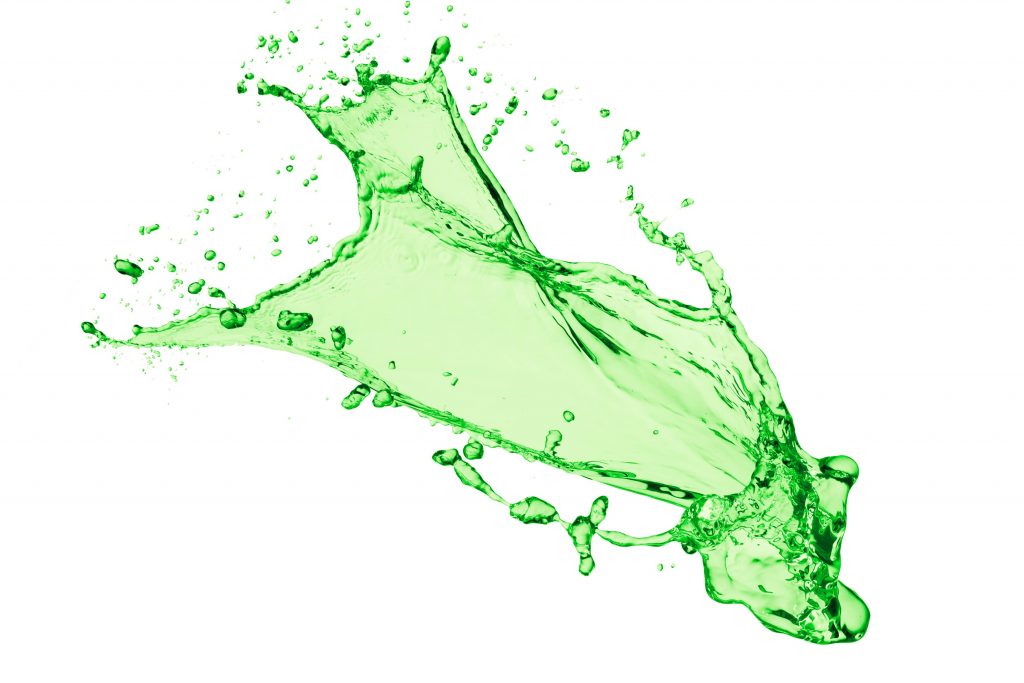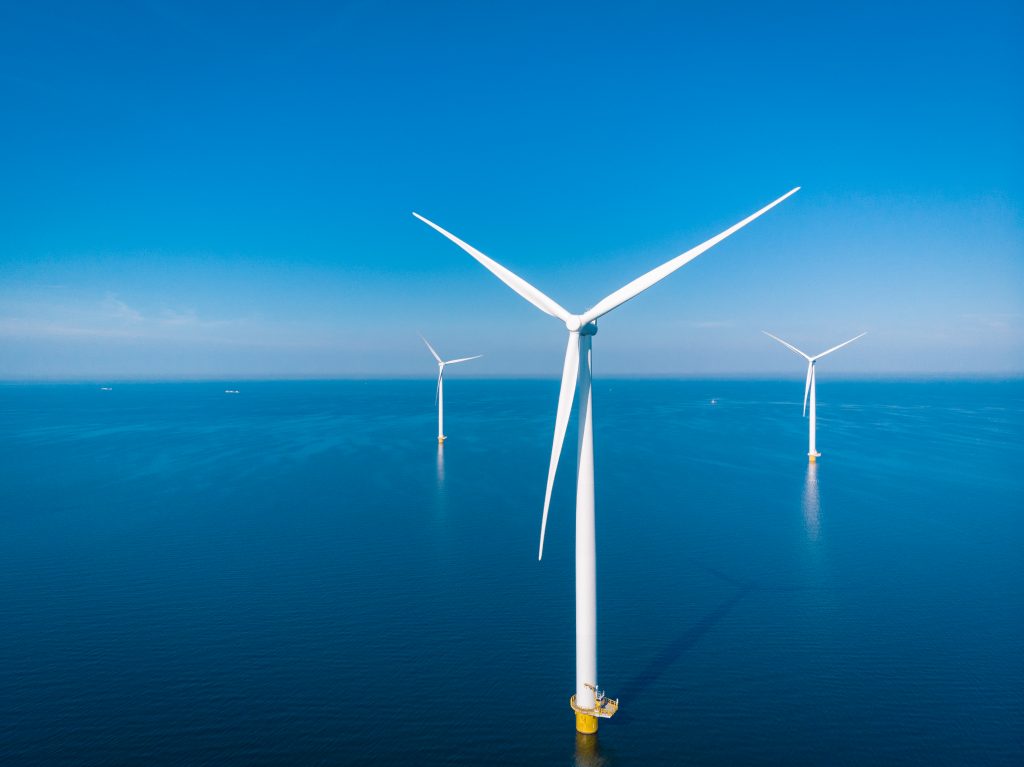New IMO regulations and other initiatives are igniting demand for alternative fuels and energy efficient vessels designs in offshore energy.
Shipping and seagoing vessels account for around 3% of global greenhouse gas emissions with the amount forecast to rise yearly, as shipping and vessels traffic increases on seas and oceans.
The International Maritime Organisation (IMO) has passed legislation and brokered initiatives to decarbonise vessel activity and curb sulphur dioxide (SOx) and other pollutants that are produced and emitted when heavy fuel oil is combusted in vessel engines.
On 1 January 2020 the IMO set a limit for sulphur of 0.50% mass by mass in fuel oil used on board ships, operating outside designated emission control areas.
However, the Clean Shipping Coalition thinks more can, and should be done, pointing out that the maritime industry is one of the few in the global economy without sector-specific emissions reduction measures.
That said, IMO regulations and relevant EU directives have helped spur demand for new vessel designs that reduce fuel consumption, not to mention innovation in cleaner fuel alternatives, as well as efforts to increase the use of electrification to meet vessel power requirements.
Simultaneously, vessels under construction are being fitted with exhaust filtering systems, to clean up emissions in compliance with regulations.
DNV GL says that while environmental and price challenges are driving the interest in alternative vessel fuels, LNG, liquified petroleum gas (LPG), methanol, biofuel and hydrogen are the most promising candidates. Among these, international regulations are already in place for LNG, while the certification and standards agency has recently drawn up new class rules and a class notation for using LPG as fuel in anticipation of growing industry interest.
LNG is the fossil fuel that produces the least amount of carbon dioxide and is regarded as a ‘bridging fuel’ to help the industry begin to meet the IMO’s target of reducing greenhouse gas emissions by 50% by 2050. However, methanol and hydrogen are the cleanest when produced from renewable electricity, in the case of hydrogen (green hydrogen) and biomass in the case of methanol.
Natural gas – a bridging fuel for clean up vessel emissions.
According to DNV GL, LNG is the best fuel for one or two vessel generations. “The pathway to carbon neutral fuels starts with gas. It is important to act now and not to wait for the ‘perfect’ fuel,” said DNV GL maritime CEO Knut Ørbeck-Nilssen at an event in London earlier this year.
To reach IMO’s 2050 target the efficiency of every single vessel and the whole maritime supply chain needs to be further increased, said Ørbeck-Nilssen.
According to DNV GL more than 385 LNG-powered vessels are in operation and on order globally. However, lack of infrastructure remains an obstacle to widespread uptake of LNG as a bunker fuel.
Though a significant number in the existing fleet are ferries operating regionally, shipyard order books “demonstrate a growing specialisation and a trend towards larger ships such as oil and chemical tankers, container ships and cruise liners,” according to Shell.
Walk-to-work vessels have been some of the first types used by the oil and gas industry to switch to cleaner fuel. One of the first is the Kroonborg, which had initially been deployed after naming in 2015 to work for NAM and Shell UK under a long-term charter. The Conoship-designed vessel uses natural gas-to-liquid to reduce emissions.
In an LNG study published in 2019, Shell also found that interest in using LNG as a fuel is growing, particularly in the short-sea and special-purpose shipping sector, including orders for offshore installation vessels, research and coast guard vessels, dredgers, fishing boats, and tug boats.
Shell, which produces LNG in addition to providing and using LNG bunkering services, is likely the biggest user of LNG as a marine fuel for its barges and platform supply vessels.
However Attollo’s position aligns with the World Bank that LNG as a transition fuel should be avoided.
DNV GL also found orders for battery-powered vessels increased sharply in 2019, with a total of 390 battery-powered vessels in operation or on order globally, though they tend to be smaller craft, such as passenger ferries, and mainly operate in northern Europe.
In the offshore wind industry, which requires various types of vessels, ranging from the very largest wind turbine transfer and installation vessels (jack-ups), support vessels and crew transfer vessels (CTVs), vessel owners and designers are meeting the brief when it comes to cleaner and more energy-efficient vessels.
Vessels under construction are being fitted with exhaust filtering systems, to clean up emissions in compliance with regulations.
Next generation crew transfer vessels.
The UK Offshore Renewable Energy (ORE) Catapult led a project with industry in 2019 focused on next generation CTVs and service operation vessels (SOVs). Fuel costs are often the second highest operational expenditure. Meanwhile operations and maintenance (O&M) activity, which relies heavily on these types of vessels transporting technicians and other personnel to offshore wind sites and providing their accommodation, contribute to around 20% of the levelised cost of energy (LCoE) of offshore wind. Low-carbon fuels not only reduce emissions but offer an opportunity to reduce operational costs of CTVs and SOVs, helping reduce offshore wind LCoE.
Chartwell Marine and Seaspeed Marine Consulting, CWind, Robert Allan Limited, and Windcat Workboats and CMB Technologies, are the recent recipients of funding from the Carbon Trust to support the commercialisation of fuel-efficient and cleaner CTVs. The work is expected to conclude at the end of 2020.
Chartwell Marine and Seaspeed Marine Consulting are completing a study into the development of a hybrid diesel/electric outboard CTV using a high freeboard containing two diesel and two electric outboard engines, not previously used on CTVs.
CWind is designing a prototype CTV based on a hybrid diesel/electric drivetrain with proven surface effect ship technology.
Robert Allan is completing a study for a methanol/electric hybrid CTV while Windcat Workboats and CMB Technologies have come up with a prototype powered by a hydrogen-diesel co-combustion engine. The Hydrocat 1 will be capable of using green hydrogen as fuel.
Cleaner, greener vessels in offshore wind:
- Damen has developed a new offshore support vessel OSV for offshore wind and the wider offshore energy sector. The 9020 can optionally be delivered to operate on green methanol, produced from biological waste streams to reduce well-to-propeller carbon dioxide emissions by approximately 70%. A battery supports the diesel generators on board to cut fuel consumption and emissions.
- DEME Offshore is building its first SOV, which will be chartered by Siemens Gamesa for work at Belgian offshore wind farms. The 60-metre SOV will feature a small waterplane area twin hull, which can help reduce fuel consumption by up to 50% compared with a monohull SOV.
- In 2019, Jan De Nul ordered two offshore installation vessels, Voltaire and Les Alizés, capable of transporting and installing the largest offshore wind turbines, with capacities of 10MW and upwards.
Les Alizés, which will be ready in 2022, is a floating installation crane vessel able to install wind farms in deeper waters. Her 5000-tonne crane also makes the vessel suitable for decommissioning offshore oil and gas platforms.
Drawing on its hydraulic engineering experience, Jan De Nul Group is equipping Les Alizés and Voltaire with an exhaust gas filtering technology in compliance with the European EURO STAGE V guidelines.
The dual exhaust filter system removes up to 99% of nanoparticles from emissions, followed by selective catalytic reduction system for nitric oxide (NOx) removal. As a result, Les Alizés and the Voltaire will be the first seaworthy installation vessel that meet Ultra-Low Emission Vessel (ULEv) criteria.
Les Alizés will also have a Cleanship NDO7 label and a Green Passport EU label. The Cleanship label confirms that the vessel minimises wastewater and other residual waste.
The Green Passport label means that all materials and hazardous substances are mapped out during the construction phase, to facilitate the recycling of the vessel when decommissioned. Both vessels are financed by a green loan.
If you think Attollo can help you, get in touch:
Share this insight


